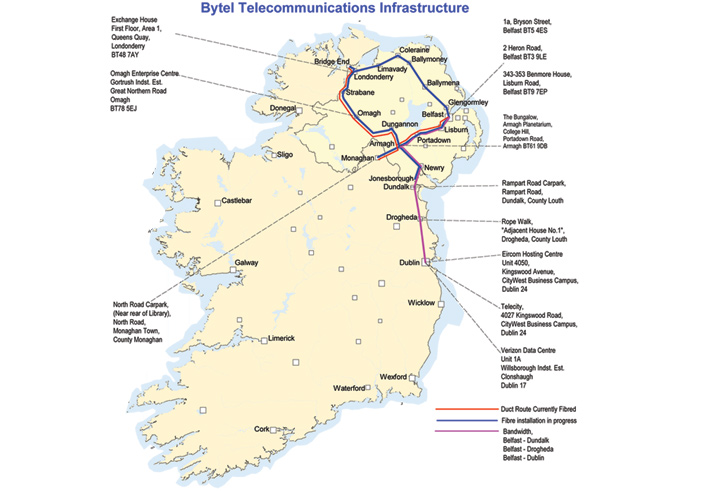I wrote my first business plan for a co-working space in about 2006 – in response to some encouragement from an ex-colleague who was in Investment Belfast. It helped crystallise some ideas I had with regards to not only co-working, but skills, inclusion, business incubation and innovation. Over the last two-and-a-bit years I’ve been included … Continue reading “#TIC, #KTN, #Science, #Technology, #Innovation”
I wrote my first business plan for a co-working space in about 2006 – in response to some encouragement from an ex-colleague who was in Investment Belfast. It helped crystallise some ideas I had with regards to not only co-working, but skills, inclusion, business incubation and innovation.
Over the last two-and-a-bit years I’ve been included on snippets of longer conversations regarding the ‘need’ for a Digital Hub in Belfast. It’s something that inspired us to create StartVI, among other things. I’ve been part of these attempts and also witnessed them being opposed by people who should be helping.
But while CoWorking spaces are generally places to “work” and by that I mean write, create spreadsheets, lay out books, edit images, create software and network online. They provide desks, light, heat, WiFi, coffee, armchairs, water coolers and toasters.
is there a way to have a coworking (or co-researching) facility for freelance scientists?
and this article continues:
A coworking space has three important components: the physical space, the technological infrastructure, and the people. A Science Hostel that accommodates people who need more than armchairs and wifi, would need to be topical – rooms designed as labs of a particular kind, common equipment that will be used by most people there, all the people being in roughly the same field who use roughly the same tools.
…
But in the modern world, there can be more of those. There will be vast differences in size, type and economics. Some will be built and funded by large, rich institutions. Others will be cooperative projects. Some will be free, but by invitation only. Others will be open, but charging for space and use of the facilities.
We don’t have the resources in Northern Ireland to create a vast Fraunhofer-style network of collaborative research institutes so we have to be clever. £200m will be spent on this network of elite technology centres and despite our low population, the strength of our two local universities will mean we can expect to get >£10m of this, which would build 2-3 such centres. I would be disappointed if they were just carbon copies of what had gone before or worse, they just extended the duration of stuff that wasn’t working particularly well in the first place.
One of these in Belfast, using the Technology and Innovation Centre model, could provide access to shared facilities and useful knowledge which would help make up for the small population we have in Northern Ireland. The initial candidate areas of energy & resource efficiency, transport systems, healthcare, ICT and electronics, and photonics & electrical systems all require a significant ICT resource, resource which could be shared and which could take advantage of ‘traditional’ co-working models – bringing in our local experts in software engineering, user interface design and content. Just as a co-working centre contained writers, designers, software engineers, journalists, teachers and life-coaches, so a co-research centre could contain biologists, chemists, physicists and other disciplines – harnessing relationships with the universities for particularly specialised equipment but only containing individuals dedicated to the future of scientific progress.
It’s only thorough these collaborations that create “some of the luck and coincidences that gave us huge leaps in science and technology.”
Who’s interested?


